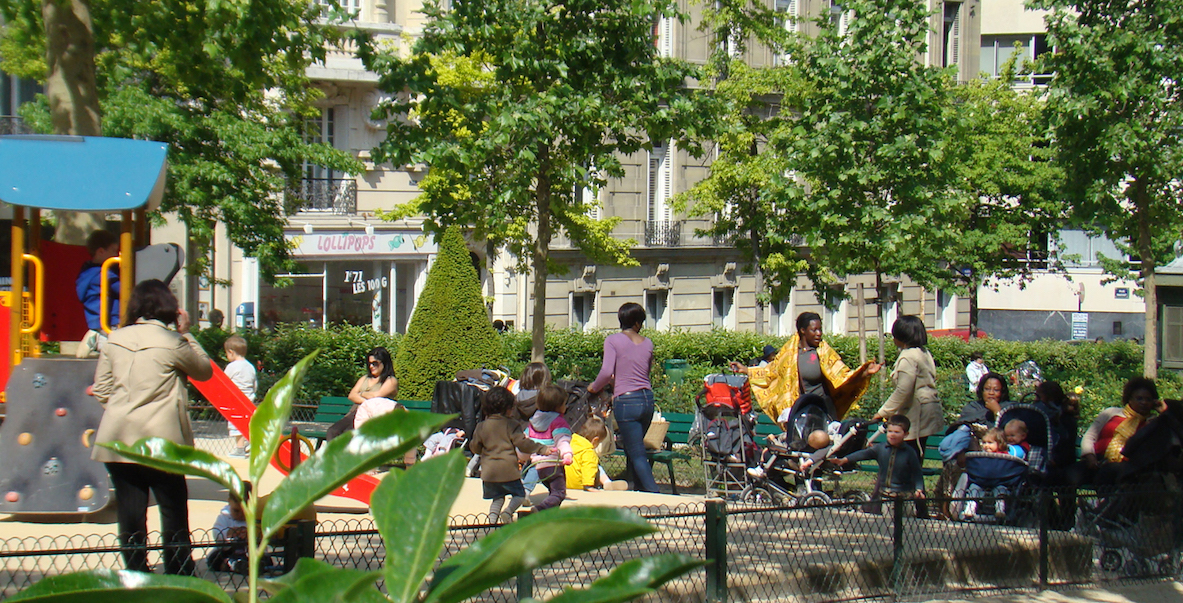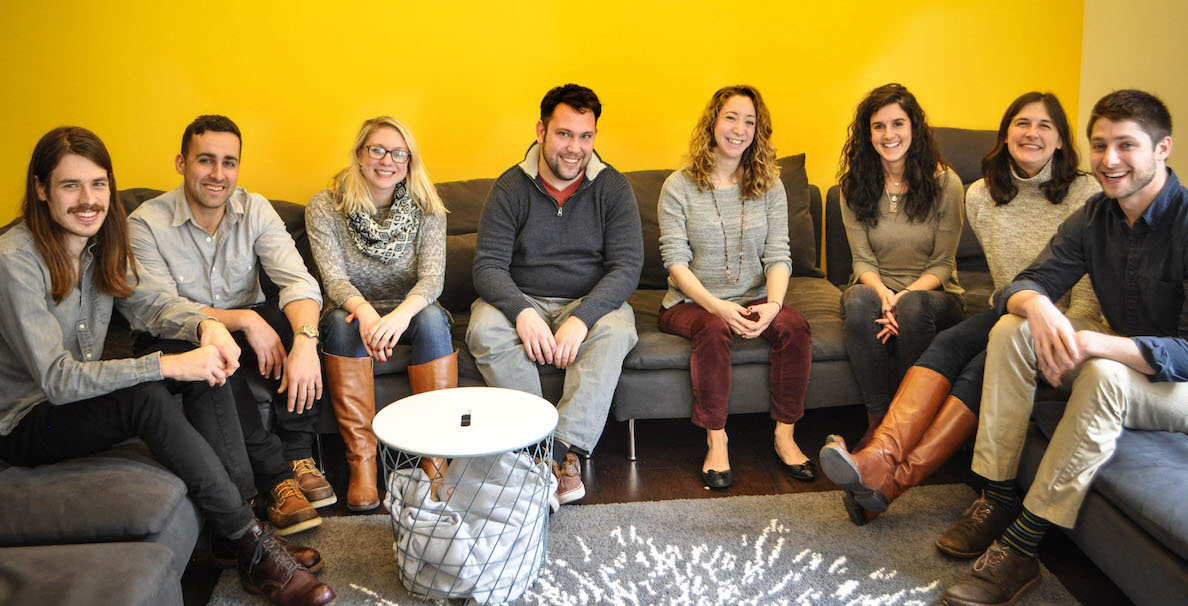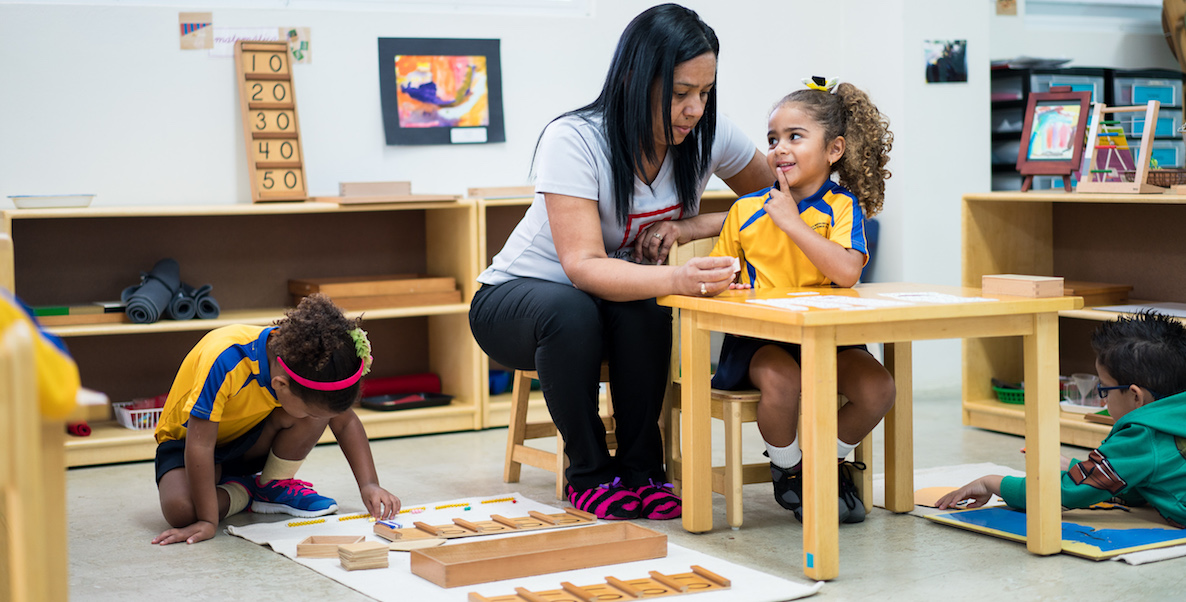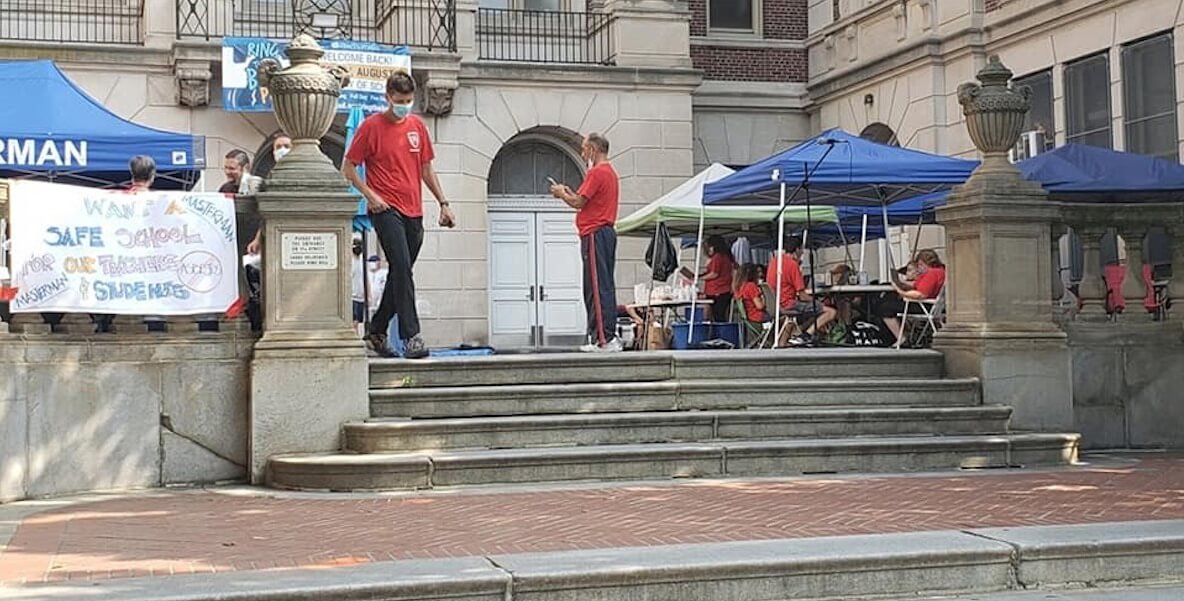Philadelphia’s newly reclaimed school district spans over 200,000 students bunched up in 300 buildings (over a little less than 100 are charters) in a city of nearly 1.6 million. That’s close to 13 percent of Philly’s population — and it’s also, easily, the most disenfranchised, most vulnerable and ignored population in the region.
School district officials might counter that’s not the case, they’re doing their best. City Hall will say it really cares — and it will overtax you to show just how much. District parents might half-agree, but others could get indignant at the hint they’re just as much not into their kid’s academic progress as the next city official. But, the problem with Philly at the moment is that universal neglect of its school system and the young people struggling through it shows — in stacked spades.
It’s much like the city’s giant and persistent trash problem: because “it’s an old city” and because that’s just the way it’s been, too many residents accept it as a permanence and part of our grouchy Oscar-ian folksiness. There’s no urgency and life goes on; there are a few students who could receive a lucky break if they can slide themselves into a decent charter or magnet — and those aren’t really as strong as advertised, either. Even fewer, some bright spots of intellectual promise or athletic prowess, might escape from it altogether and find themselves a rare path towards a private school scholarship.
New York City is a city population seven times the size of Philly, nursing a 1.1 million student population that’s housed over 1,800 public school buildings — and its public officials are putting an AC unit in every classroom.
If the city did visualize its public school district as anything but the “C-“ graded Niche.com rank that it is then it would have found a way to install an air conditioning unit in every classroom. Instead, the first opening weeks of Philadelphia’s refreshed school year — starting earlier than normal — was a botched operation forcing days of early dismissal due to oven-like temperatures in crumbling school buildings. Everyone but the school district, most of all its Superintendent William Hite, sees that climate change (and all the longer, record hot summers and urban heat islands that come along with it) is a permanent reality. Extreme heat days in Philadelphia, in fact, have risen threefold since 1980, according to researchers at the Earth Institute at Columbia University and Battelle Memorial Institute.
![]() This was clearly lost on The Inquirer’s Anthony Wood when reporting on the epic failure of school officials to consider global warming in its stubborn insistence on challenging it: “In fairness, when the School District decided that 2018-19 classes would start the week before Labor Day — with the aim of ending them on June 4 — it had no way of knowing that the region would be steamrolled by some of the most intense heat of a generally benign summer.” So, every resident blistering and melting under unprecedented heat waves for the past decade “had no way of knowing” Philly’s heat problem that everyone else across the planet — including a British newspaper — knew? That’s classic Philly shrug, though. Endeavoring to make chocolate pastries out of shit.
This was clearly lost on The Inquirer’s Anthony Wood when reporting on the epic failure of school officials to consider global warming in its stubborn insistence on challenging it: “In fairness, when the School District decided that 2018-19 classes would start the week before Labor Day — with the aim of ending them on June 4 — it had no way of knowing that the region would be steamrolled by some of the most intense heat of a generally benign summer.” So, every resident blistering and melting under unprecedented heat waves for the past decade “had no way of knowing” Philly’s heat problem that everyone else across the planet — including a British newspaper — knew? That’s classic Philly shrug, though. Endeavoring to make chocolate pastries out of shit.
New York City is a city population seven times the size of Philly, nursing a 1.1 million student population that’s housed over 1,800 public school buildings — and its public officials, who simultaneously understand the normalcy and urgency of heat waves in 21st century urban metropolises, are putting an AC unit in every classroom.
A sizing comparison between the two Northeast corridor districts reveals a disturbing difference in mindset: New York has an “Empire state of mind” to do big things where it must. Philly can’t seem to sketch the vision board for that. As Philadelphia school board member Leticia Egea-Hinton put it when asked on WURD’s Reality Check about the prospect of cooling systems per classroom: “well, our school buildings are so old” and the electrical grids are outdated, thereby barring any immediate or cost-effective fix.
Studies show the strong correlation between hotter environments and academic performance. Students can’t function or learn in heat. As the winter approaches, other studies show students scoring 14 percentage points less on testing when learning in classrooms that are below 61 degrees.
Yet New York City Mayor Bill de Blasio, along with his counterparts in the city council, pledged $30 million toward an AC unit in every classroom by 2022 — in a system five times bigger. “Making sure that all classrooms are air conditioned is one more commitment we’re making to ensure that nothing stands in the way of our students and a quality education,” said de Blasio last April. “I’ve spoken with countless parents at town halls across the city and this issue has come up repeatedly. We’re investing in classrooms to create a safe, comfortable atmosphere to build on the progress our schools have made over the last few years.”
Are “old school buildings” with outdated electrical grids holding Gotham back? Nope. As a matter of fact, 235 of the 1,800 iconic “P.S.” buildings in that district were constructed at the dawn of the 20th century, making 13 percent of New York City’s oldest school buildings (some of the oldest) still in use. You don’t hear NY officials looking to that as an excuse, either — indeed, city leaders are openly empathizing with students in a way that’s unmatched and unheard of just two hours to the south. “For as long as I was a student and after school administrator, our classrooms and the children in them suffered during the hot summer months,” said New York City Councilwoman Julissa Ferreras-Copeland, Chair of the Finance Committee.
![]()
It’s a very crucial point to absorb. Studies, such as this one by the National Bureau of Economic Research, show the strong correlation between hotter environments and academic performance. Students can’t function or learn in heat. “Each 1° F increase in school year temperature reduces the amount learned that year by one percent,” noted researchers. “Each additional school day with temperature in the 90s (°F) reduces achievement by one-sixth of a percent of [a] year’s worth of learning.” As the winter approaches, other studies from outfits like the Association for Learnings Environments, show students scoring 14 percentage points less on testing when learning in classrooms that are below 61 degrees. That problem of heat, according to NBER, “accounts for up to 13 percent of the U.S. racial achievement gap.”
But, in Philly, students bake in 90 degree plus classrooms while school district staff and board members would easily pop a vein if they had to sit at desks under the same conditions.
Understood that Philadelphia’s nearly $4 billion schools’ budget is less than a quarter the size of New York’s $24 billion one. But that’s a fiscal gap Philly officials could ignore by raising alarms and coming up with creative ideas and investment. In 2016, Solarize Philly’s Laura Riggell pitched an ambitious “solar schools” program for the district that neither Dr. Hite or the school board has bothered to resurrect (one City Hall source keeps telling Reality Check Hite actually rejected a donation of solar panels on schools, something Hite’s office won’t confirm or deny since he keeps avoiding appearances on the program.)
Solar could keep buildings perpetually cool during these longer and hotter summer months, and store the power to keep students warm during intense winters. Yet, even though 14 other Pennsylvania school districts have successfully installed solar systems since the mid-2000s, Philly — the Commonwealth’s largest — keeps resisting that plan on the basis of “old electrical grids.”
Which is funny, because any casual renewable energy expert will tell you that solar systems are individualized, thereby making them separate from traditional grids. In fact, solar systems create so much extra electricity that there’s an increase in solar-powered buildings actually feeding solar energy back into conventional grids. Basically, the city could be fitting school buildings with solar panels possessing separate lines into classrooms that (voila) power HVAC systems.
Philly marches ‘til we free hometown rappers with already sketchy rap sheets from prison. We make all sorts of noise when a bomb-dropping mayor gets a street named after him. But, Philly’s not forcing the issue of its youth — its future — needing something like a decent school system that can help them become productive and economically stable.
And if money is a problem, would it really take that much money to fit every Philly classroom with an AC unit? New York City’s $30 million investment over the next several years works out to 0.125 percent of its school district budget. In Philadelphia school district dollars, that’s an estimated $5 million. That’s considering one can purchase a viable AC room unit off Amazon.com for an average $400.
It’s unclear if the Philly school district, like it’s boss Mayor Jim Kenney, even officially recognizes climate change as an issue it should calibrate, plan and budget for. Sofiya Ballin, a correspondent for the newly launched ecoWURD environmental justice journalism initiative, explains that officials within the district “… don’t know if it defines these events as ‘climate change, but they know they are experiencing warmer temperatures.”
![]()
There was, for example, a $731,000 grant in 2013 from The Philadelphia Foundation to “improve school climate” in city schools, but not like that made a dent. Dr. Hite isn’t bringing it up; school board members only bring it up when asked. And, outside of that, Philly’s public school parents aren’t raising it in any unified and vocal way as an issue (even as the city melts). There’s been some slow movement towards training teachers on climate change and environmental science curriculum — but, this doesn’t count as mandated standard class material in Philadelphia schools.
Philly’s not exactly like neighboring Quakertown Community School District, where school board members there fought bitterly not to include climate-related curriculum in the classroom. But it’s nowhere near a leader on climate change curriculum, either, which means Philadelphia’s students — the vast majority poor and without any robust HVAC systems in their homes — are living through the worst meteorological changes while unprotected and uneducated.
It’s unclear if the Philly school district, like it’s boss Mayor Jim Kenney, even officially recognizes climate change as an issue it should calibrate, plan and budget for.
Philly marches ‘til we free hometown rappers with already sketchy rap sheets from prison. We make all sorts of noise when a bomb-dropping mayor gets a street named after him. Our young people are even encouraged to walk out of school for mass school shootings that happen 1,000 miles away.
But, Philly’s not forcing the issue of its youth — its future — needing something like a decent school system that can help them become productive and economically stable in a competitive global environment. Maybe that has something to do with the fact it’s a majority-black school system; majority-white school systems don’t have these kinds of problems. Or maybe it’s because lack of voter turnout from parents, plus lack of visual outrage, protest in front of district offices and needed school walkouts shows city officials residents really don’t care about this issue.
Because if you don’t care about your kids, why should you expect city officials to do the same?
Header image: The recent protest/press conference on the steps of Julia R. Masterman High School drew attention to supposedly unsafe building conditions









